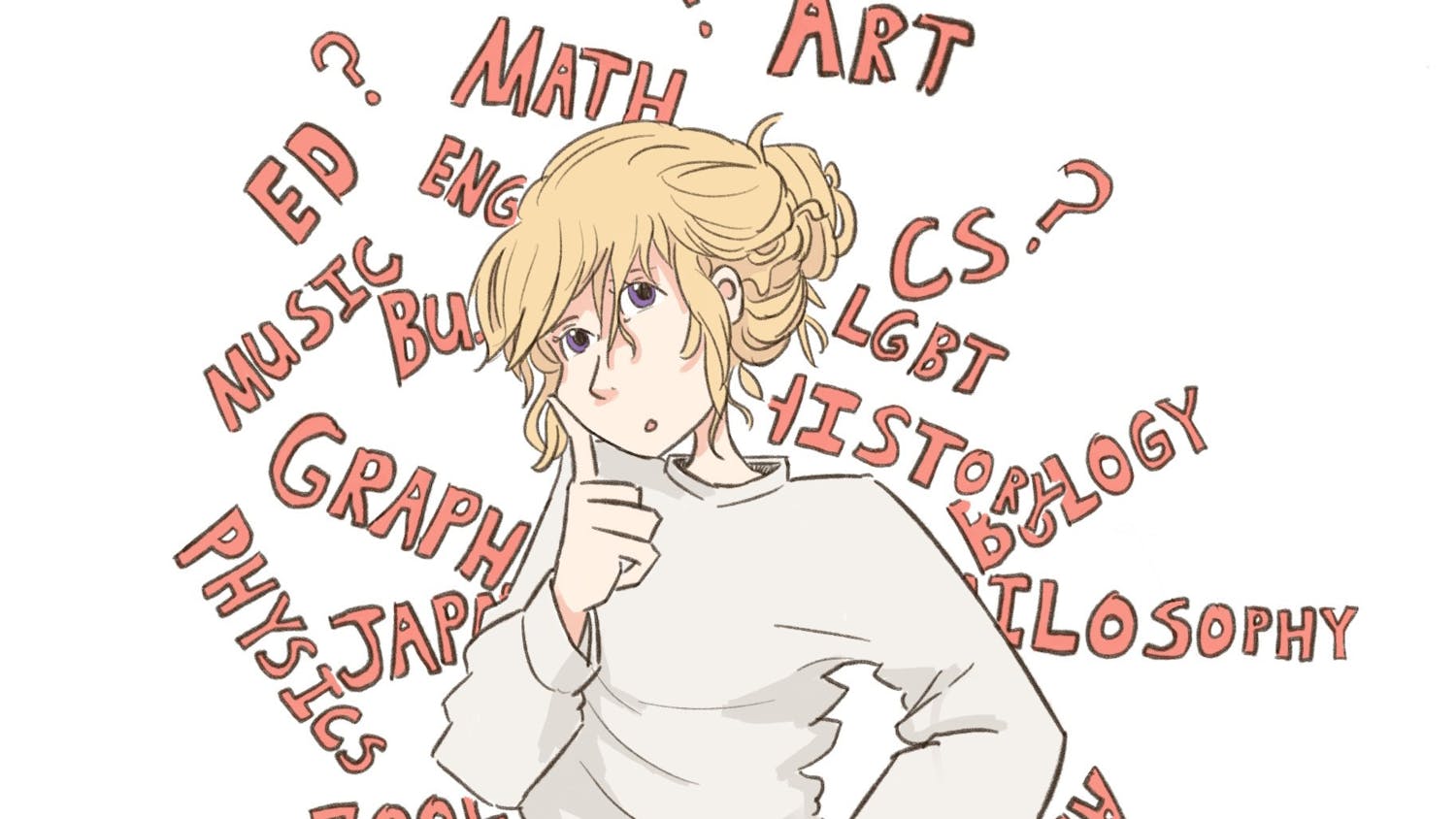Earlier this month I attended a student art show in my home town hosted by a group of local Minneapolis artists.
One of the artists is a close friend of mine, who is double majoring in visual art and neuroscience at the University of Minnesota-Twin Cities. She is studying how art education and therapy impacts the cognitive functioning of people who struggle with mental health.
I thought this was an incredibly interesting area of study and decided to research it more. The information that I found on the benefits of art education made me a firm believer visual art participation is something that should be promoted in both adults and children as a way to deal with mental health challenges and stresses of daily life.
The field of art education in conjunction with mental health is a relatively new area of study, but one that has proven to be incredibly effective.
A study published in the Disability and Society Journal concluded art education can be used as a direct therapeutic tool, but can also help those with mental illness find a way to reintegrate into society. Learning self expression through visual arts can be used to improve one's environment, change the way society views mental illness and provide people struggling with mental health with a voice.
While these benefits are obviously incredibly important and tangible, art education can have even more positive impacts when implemented at an early age.
A study conducted by Ipsos, the third largest global market research company, found more than 90 percent of Americans believe the arts are an important part of academic curriculum. In theory, arts are valued. Yet, in practice they are often the first programs to be scrapped when budgets are cut.
In the past decade, the amount of students receiving arts education has decreased considerably.
This is partially because of the growth of standardized-test-based systems, which pressure schools to spend funding on tested subjects. These pressures have disproportionately affected access to arts in a negative way for students from marginalized neighborhoods. For example, a federal government report found schools designated as ‘needing improvement,’ which were largely schools with higher percentages of minority students, were more likely to experience decreases in funding spent on arts education.
When schools cut funding for arts programs, they are losing much more than simply a creative outlet for students, they are denying students a valuable therapeutic tool.
Students who have art in their daily curriculum see improvements in their academic, social and emotional outcomes, according to a study conducted by the Brookings Research Institute. This study found arts education affected students’ school engagement, college aspirations and their ability to empathize with others.
In terms of school engagement, students were more likely to agree that school work is enjoyable, and less overwhelming than the group who did not receive any art education.
Although the benefits of art education cannot be measured in a standardized test, it is clear that they are significant. From creating a welcoming academic environment for children to helping adults cope with mental health struggles, the societal gains that art education can provide us are nearly endless. By increasing arts funding in all levels of education, we can ensure that as a society we are more engaged, successful, empathetic, and most importantly, happy.





